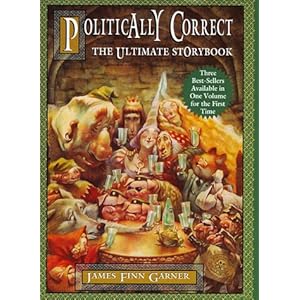 GENRE: fantasy/adventureSUMMARY:
GENRE: fantasy/adventureSUMMARY: When absent-minded Professor Random misplaces the main character from Alice in Wonderland, young Henry Witherspoon must book-jump to fetch Alice before chaos theory kicks in and the world vanishes. Along the way he meets Winnie Flapjack, a wit-cracking doodle witch with nothing to her name but a magic feather and a plan. Such as it is. Henry and Winnie brave the Dark Queen, whatwolves, pirates, Struths, and fluttersmoths, Priscilla and Charybdis, obnoxiously cheerful vampires, Baron Samedi, a nine-dimensional cat, and one perpetually inebriated Muse to rescue Alice and save the world by tea time.
THIS MISS REVIEWS:If I could describe this book in three words, I’d choose the adjectives clever, whimsical and adventurous and that is exactly how I saw the book.
It all begins when Professor Random, a scatter-brained academic, sneezes Alice out of Wonderland and the world as we know it is suddenly in danger of collapsing. As its savior, Professor Random chooses his student, Henry Witherspoon, and sends him into a strange land to find Alice and bring her back. In that bizarre world, Henry meets intriguing and quirky people, characters from Greek mythology and fairy-tales, and he travels to beautiful and scary places. His guide is a doodle witch, Winnie Flapjack, the bravest girl you’ll ever meet.
I see
Random Magic as a very clever and original re-telling of
Alice in Wonderland (Lewis Carroll), but it is more than just that. It takes characters from many different places and in this respect, the novel can also be viewed as an intellectual read, as the reader must be acquainted with, for example, Scylla and Charybdis, or Charon, to understand the parts of the story in which they appear. I had a lot of fun detecting all the references, allusions and characters from famous literature and mythology. The author characterized them very well in her own, original and fun(ny) way, making the muse of epic poetry, Calliope (but she goes by Callie) eternally inebriated and vampires become very happy and upbeat.
The story follows the frame of
Alice in Wonderland nicely, in the sense that it takes Henry Witherspoon into a strange, upside-down world teeming with quirky creatures and featuring fantastical places one cannot see in this world. At the gist of the story is the need to find Alice, but just like in
Alice in Wonderland, our two heroes, Henry and Winnie, experience many adventures along the way and get almost sidetracked in their search, but they are good heroes, for in the end, they complete their dangerous, yet adventurous mission.
I thoroughly enjoyed the adventures in this book. The author has an incredible imagination, as she came up with great, fun and even dangerous events, and she created beautiful, unique new places. My favourite parts of the novel involved the garden of the nine muses, which felt like Heaven and featured a lot of very interesting characters (even Hades, who lost control over the Underworld and the place became a casino), and the Floating City. The Floating City is one of the best imagined placed in literature I have ever read about. It is like Utopia at first glance, but it’s a Utopia with an empty core. It is exquisite and unique, it is both beautiful and frightening and if you read the novel, you will know why exactly. It is the place where Henry is tested and it is the place, in my eyes, that makes him the brave, determined young man he eventually becomes.
My one complaint refers to the beginning of the novel. The prologue is quite post-modernist and I have mentioned once that I don’t particularly like post-modernism in literature. The prologue confused me, but that is my fault, as I happen to dislike post-modernism. However, post-modernism or not, the prologue was slightly confusing and off-putting, and the first few chapters didn’t seem to lead anywhere, but it is my belief that good reads often have strange beginnings and
Random Magic definitely is a good read. It is quirky and strange, but in a good way. It features fantasy, adventures, wonderful allusions and many interesting characters. The story is engaging and I must compliment the language of this novel. It is very rich, with rich and sometimes complex vocabulary. As a linguist, I could really appreciate this.
This novel may not be for everyone. You have to appreciate quirky and strange to want to read it. I read it, I had a great time reading it and I would recommend it to readers who like something different, something out of the ordinary. The novel offers a lot of adventure and some exercise for your brains. And, if you like fairy-tales, like I do, you will definitely enjoy the ride.
I would like to thank the author, Sasha Soren, for sending me a copy of her novel to read and review! I also have to say that she is a super sweet and kind person, and great to talk to. Thank you for everything, Sasha!THIS MISS RATES: 
























